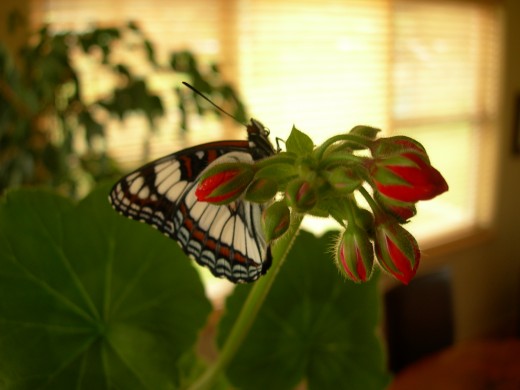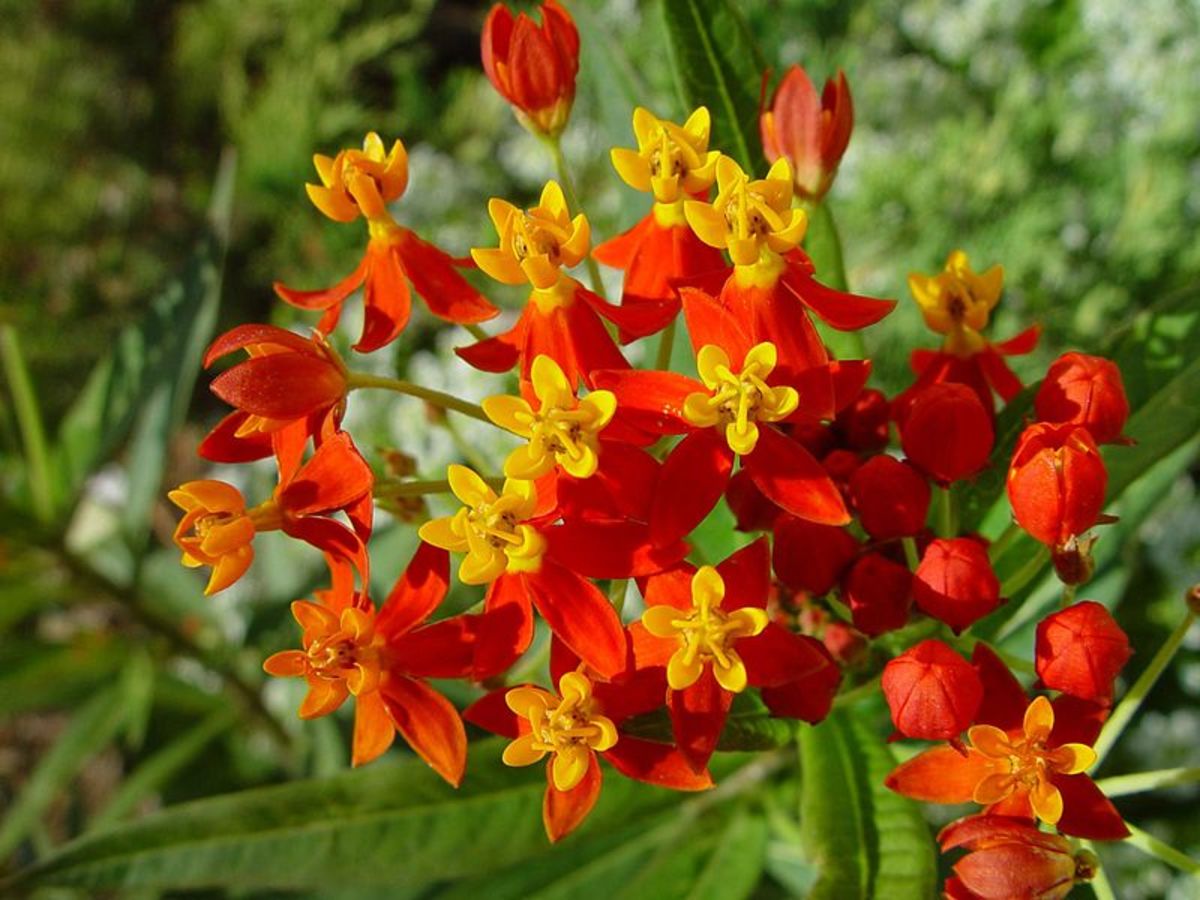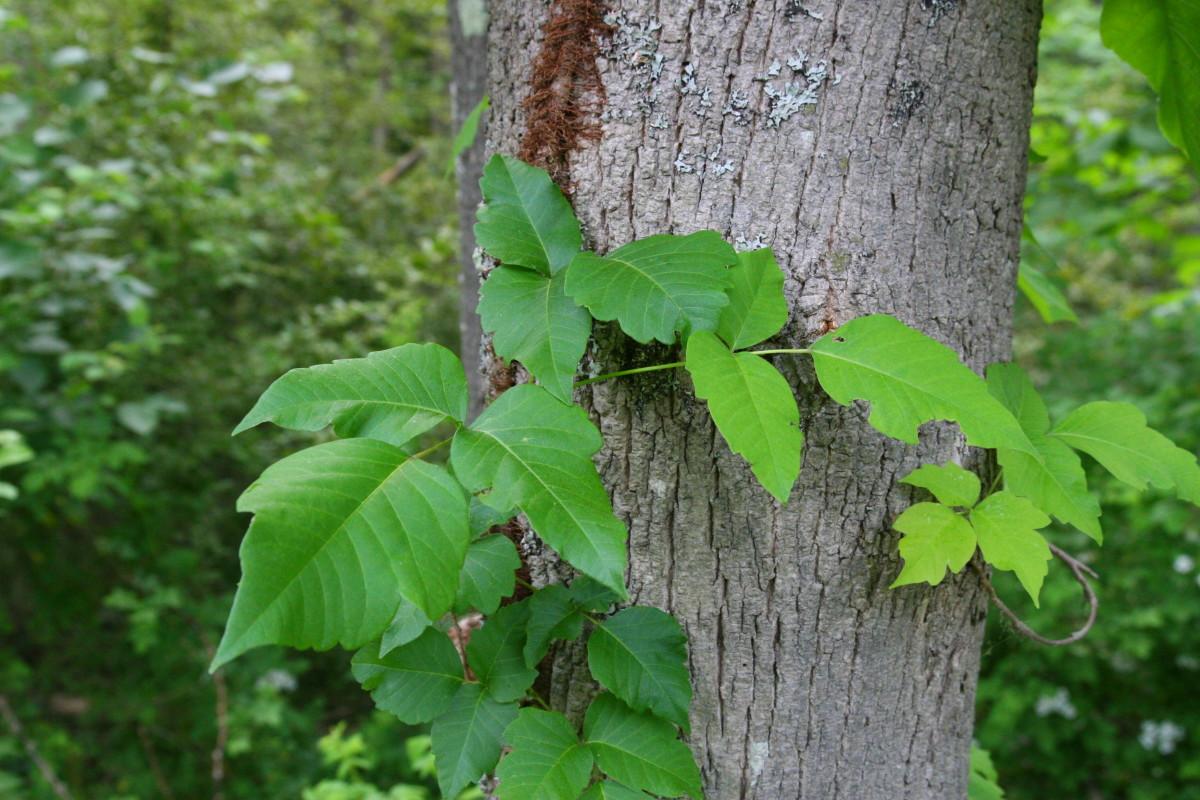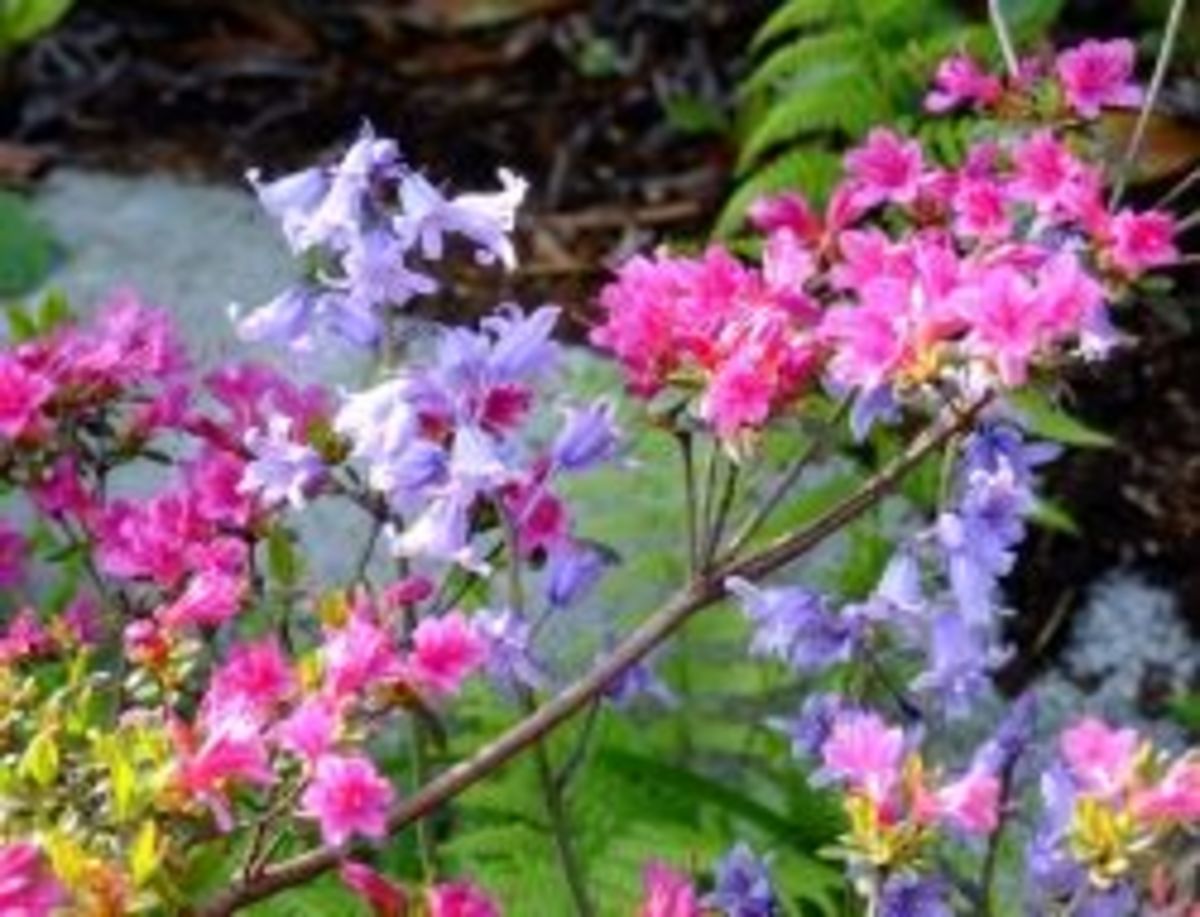Do-It-Yourself Flower Garden for Caterpillars and Butterflies
Grow Your Own Butterfly Garden
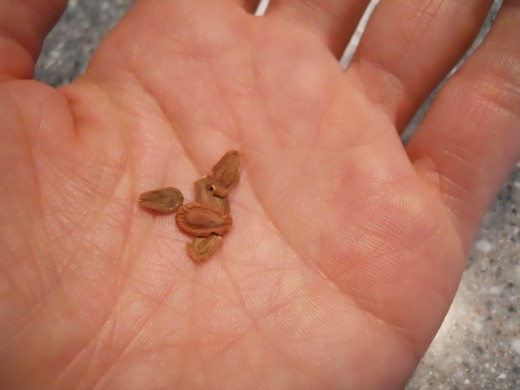
Why Grow a Flower Garden for Caterpillars and Butterflies?
I have decided to make it my mission this summer to provide a little oasis for the migrating Monarch butterflies and their caterpillars in my own backyard.
You may have noticed that you just don't see as many of these beautiful butterflies as you once did. Strange weather patterns in the last several years have depleted the Monarch population by as much as 80%. Additionally, there is significantly less milkweed along the Monarch migration routes that cross North America; milkweed is the only plant that Monarch caterpillars can eat.
Also, I simply love to grow things. So, I have decided to grow my own butterfly and caterpillar garden.
Milkweed, Butterfly Weed and More
Now, I understand that "milkweed" does not exactly sound like the most attractive of plants to have in ones backyard but there are many different types of milkweed that the Monarchs like equally. Some of them are quite beautiful and grow well in different climates. The plant I have chosen is the Asclepias tuberosa , commonly known as Butterfly Weed or Butterfly Flower. With a name like that, it must be the right choice for my project.
Butterfly Weed grows to about three feet in height and has vibrant orange, yellow or red, star shaped flowers. The flowers grow in wide clusters and the leaves are long and fuzzy on the underside. Butterfly Weed grows just about anywhere from Canada to Mexico as long as it is not overly moist or marshy.
Not wanting to limit myself too much, I also decided to grow a few other flowers known for being attractive to butterflies. I chose Nasturtium, Lupine, Cornflower, Zinnia, Phlox and White Yarrow. I am starting all of my flowers from seeds. All of the seeds for the afore mentioned plants can be found at Amazon, Home Depot, Lowes and the like.
Is it Spring Yet?
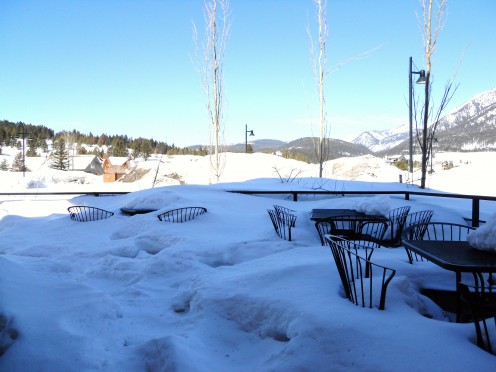
Getting a Head Start
Like so many of us that live in a Northern climate, I will need to get a head start because the outdoor growing season is just too short here. I live in Montana and it will not be warm enough to plant anything outdoors until mid-June. Big Sky country currently (April 1st) has about 5-6 feet of snow on the ground. Therefore, I am starting my seeds indoors. I will need the following materials which can be found at Home Depot, Lowes, Amazon and other gardening centers.
Starting Materials
- Soil specifically for seeds. This is important, you should not use just any soil because you may run into problems with fungus that will kill your seedlings. Seed starting soil is sterile but also void of any nutrients. Seeds don't need nutrients to germinate but a few weeks after they have sprouted you will need to replant them in nutrient rich soil.
- Something to plant seeds in like Dixie cups, peat pots, egg crates or flats: choose something that will make transplanting easy with fragile little sprouts.
- A water bottle for misting your seedlings
- Quality potting soil, don't skimp here
- Larger pots to transplant seedlings; 5-6 inches deep. You can use paper or plastic cups as long as they are deep enough.
- Seeds of your choice
- Fertilizer
- Fluorescent light (optional)
Planting Seeds Indoors
Fill your chosen seed containers (Dixie cups, peat pots, etc) to almost full with your seed specific soil. Again, make sure you use a soil or "soil-free" mix intended for seeds.
The soil should be moist but not soggy. You will want to keep the soil consistently moist until the seeds sprout. This is one of the reasons that fungus can become a problem if you do not use sterile seed germinating soil. Also, poke a small hole in the bottom of your containers for drainage. Too much water is as problematic as not enough.
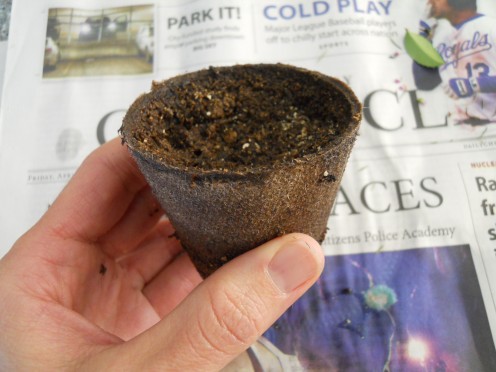
Covering Your Seeds will Help Keep them Moist
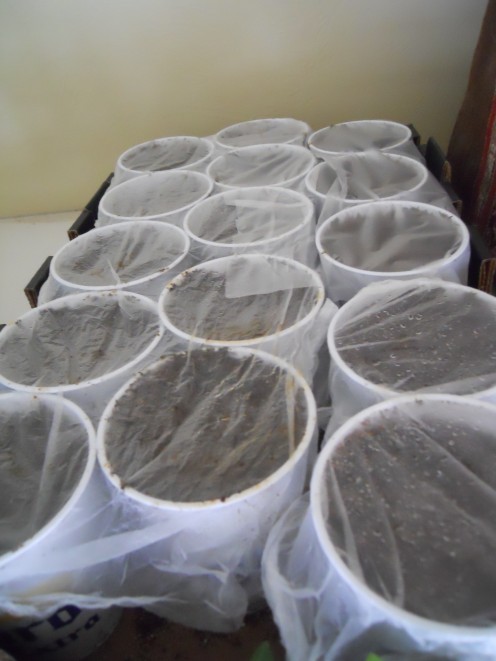
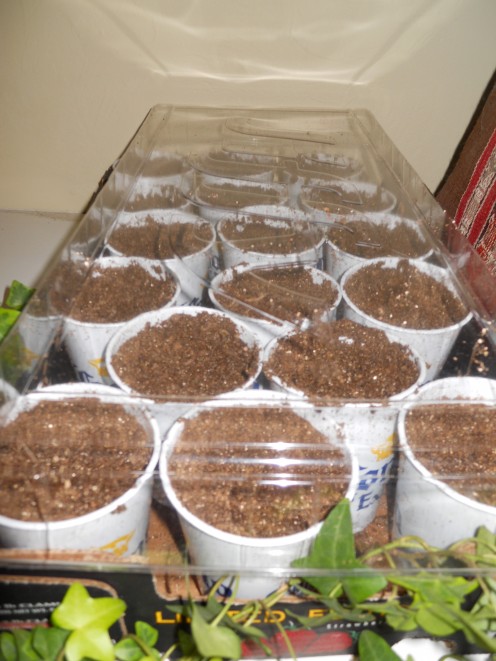
Getting the Seeds to Sprout
Plant your seeds just under the surface of the soil, approximately a 1/4 inch deep. Some seeds can even be set on top of the soil (see the instructions that will come with your seeds.) If you plant the seeds too deep they may not ever germinate. Also, plant 2 or three seeds per container to allow for some duds. Later you will get to choose the best seedlings.
Now it is very important to keep your soil consistently moist and warm. A constant temperature at approximately 70° F is best. After they have sprouted this will not be as critical but until then, keep them in place where the temperature does not fluctuate much. Covering your seed containers with plastic wrap or a dome will help to keep your soil consistently moist.
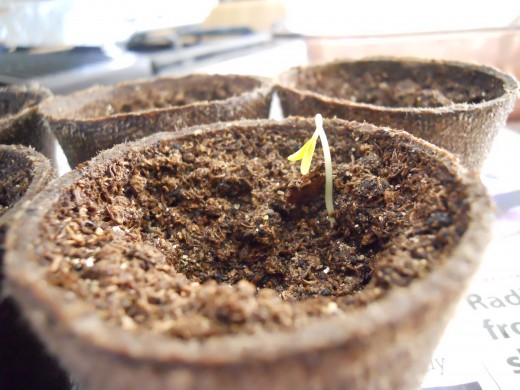
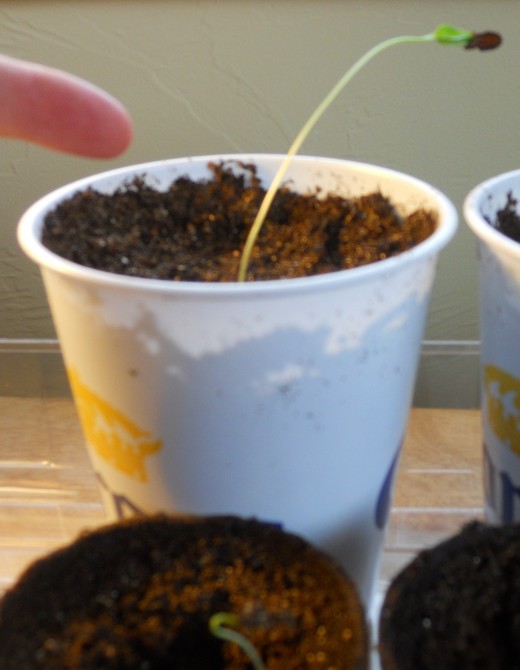
Getting Enough Light
Until your seeds have germinated they do not need sunlight. However, it is important to check them frequently because as soon as the seeds
have sprouted they will need to be uncovered and given lots of
light. In fact, light is probably the most important factor at this
stage. If your sprouts do not get enough light they will look pale or
yellowish. Also, they may become "leggy" which is to say that they will
have long weak stems that flop over.
Artificial Light
If you think that your seedlings are not getting enough sunlight there are a few options to try. After moving your plants to the sunniest room in your house, you can put mirrors, white boards or aluminum foil around them to reflect and maximize natural light.
Also, you can try an artificial light. Use a fluorescent light bulb, NOT an incandescent bulb. Incandescent lights will fry your tender seedlings, not to mention that you could create a fire hazard. A fluorescent light placed very close to the seedlings (3-4 inches above them) will do wonders. Do not put the light too far above them as this will encourage "legginess" and do not put the light under them, this won't really do much at all.
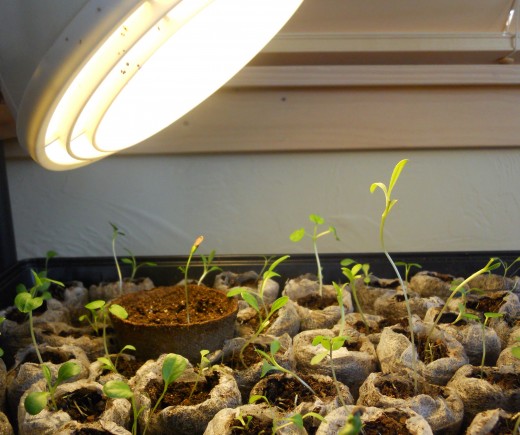
Water
Another reason for pale or sickly sprouts is too much water. Now that the seeds have sprouted, it is OK to let the soil dry a little in between watering. A good test is to feel the soil. It should feel dry on the surface but damp a quarter to half inch down. Letting the top layer dry a bit before you water again will strengthen seedlings and reduce the risk of fungus-among-us.
Water very gently with room temperature water using a misting bottle or from underneath the roots (if possible.) Carelessly dumping water over fragile sprouts is a sure way to kill them.
After the sprouts are a few weeks old, it is a good idea to add 1/2 strength (or less) fertilizer into your watering routine. I add a little Miracle Grow to the water once a week or so.
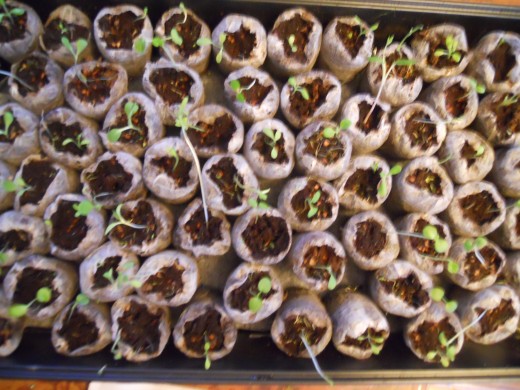
Thinning
Thinning your seedlings is a very important step. It is time to "thin" when your seedling have "true leaves." True leaves grow after the very first leaves which are called "seed leaves." Overly crowded plants are a disaster waiting to happen. They will compete for light and root space. Eventually they will all fail if you don't thin your sprouts.
To thin, simply snip all but the strongest seedling with fine tipped scissors. Do not pluck or tear the ones you are removing because you might damage the roots of the one you mean to keep.
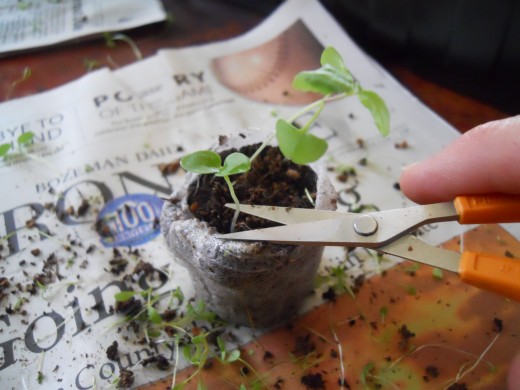
Replanting
When your seedlings have 2 sets of true leaves you may want to plant them in larger containers with potting soil (unless you can plant outside at this point.) Remember that the seed germinating soil they were started in has no nutrients. Also, the roots are likely getting too long for the little seedling containers.
If you intend to replant again after this, it is practical and inexpensive to use 16 oz. (approximately) paper or plastic cups with a small hole poked in the bottom. Replant using high quality potting soil. If you used peat pots, you can just plant the whole peat pot into the larger cup with the potting soil. Be very gentle with the roots and don't expose them to the air any longer than you have to.
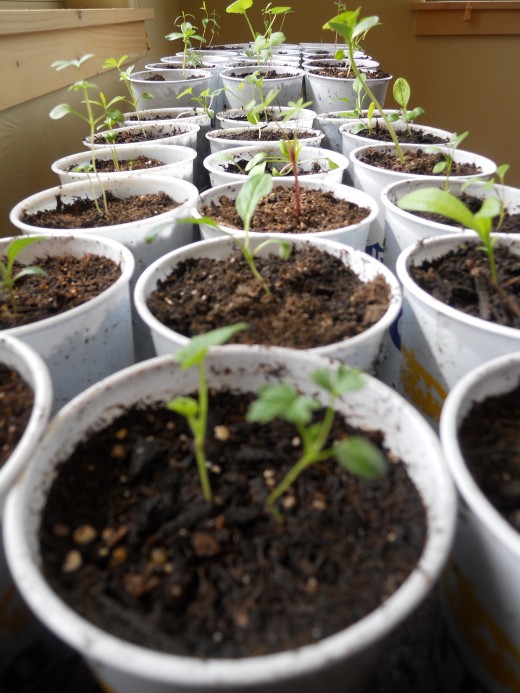
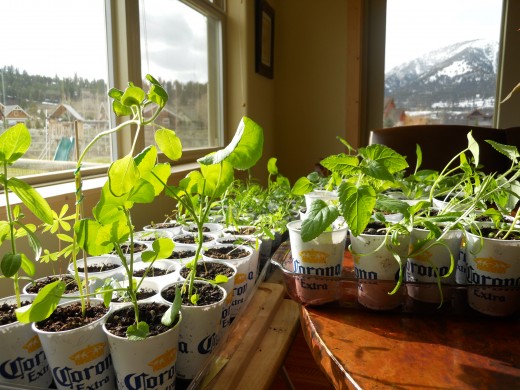
Tips for Transplanting Outdoors
- "Harden off" plants before planting
- It is best to plant your seedlings on an overcast day
- Plant seedlings up to first set of leaves
- Don't expose roots to air any longer than necessary
- Press soil around plant gently but firmly
- Water thoroughly and gently after planting
Planting Outside
When the weather does become warm and it is staying above 40°F at night, it is time to move your garden outside. First you must "harden off" your plants. Hardening off is a very gradual process.
First set your plants outside in a shady spot for a few hours a day. Gradually increase the number of hours per day until they are used to being outside around the clock.
Next, move your plants to a sunny spot for a few hours a day. Gradually increase the hours per day until they can handle sun all day. If at any point the plants start to look stressed or unhealthy, slow down your process.
When your plants have been hardened off, it is time to plant them in their permanent spot. For me, it will be time to start watching for butterflies!
Read More about Butterflies or DIY Projects
